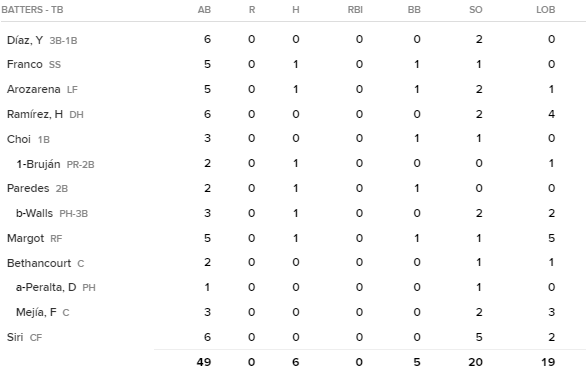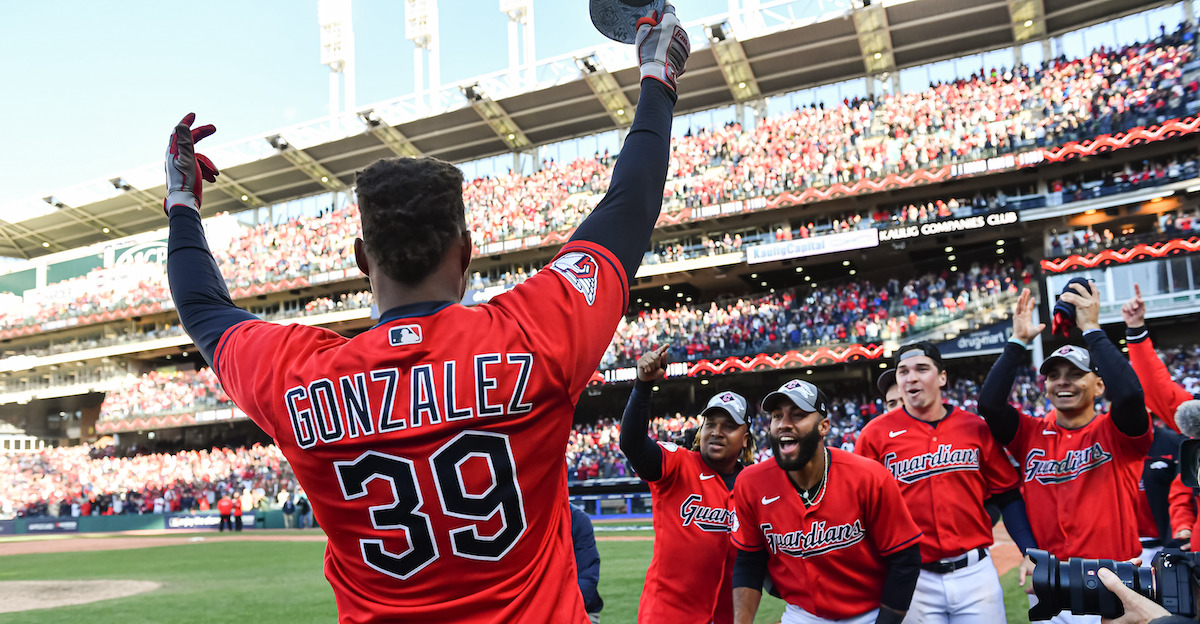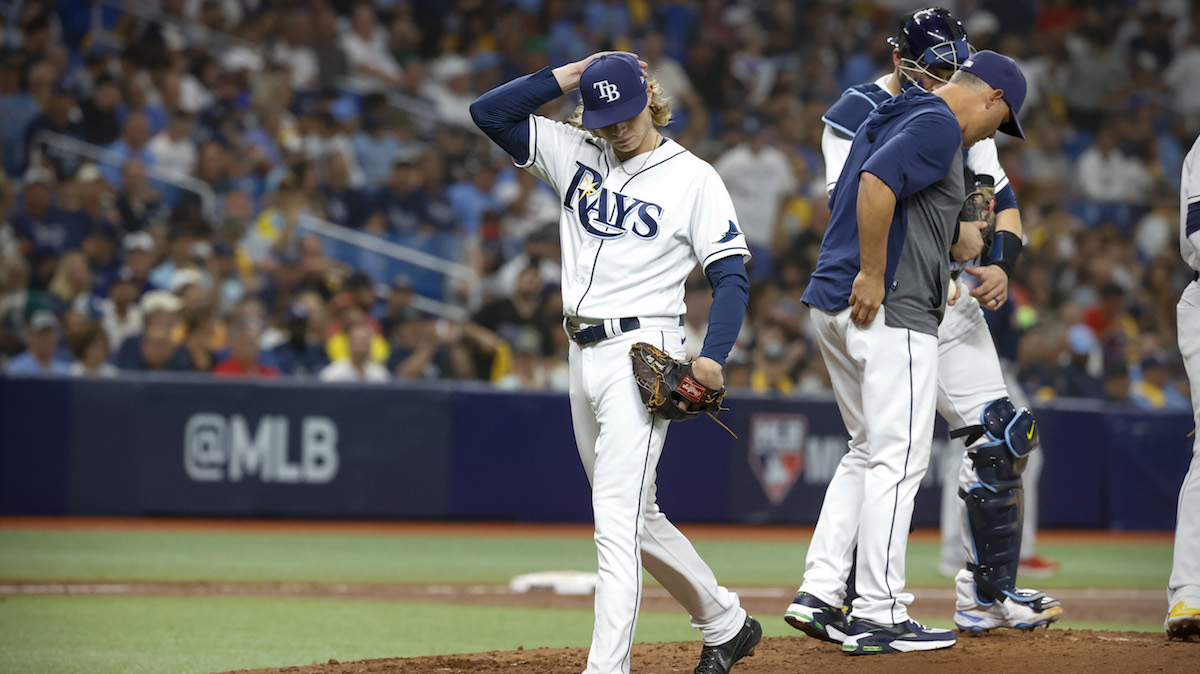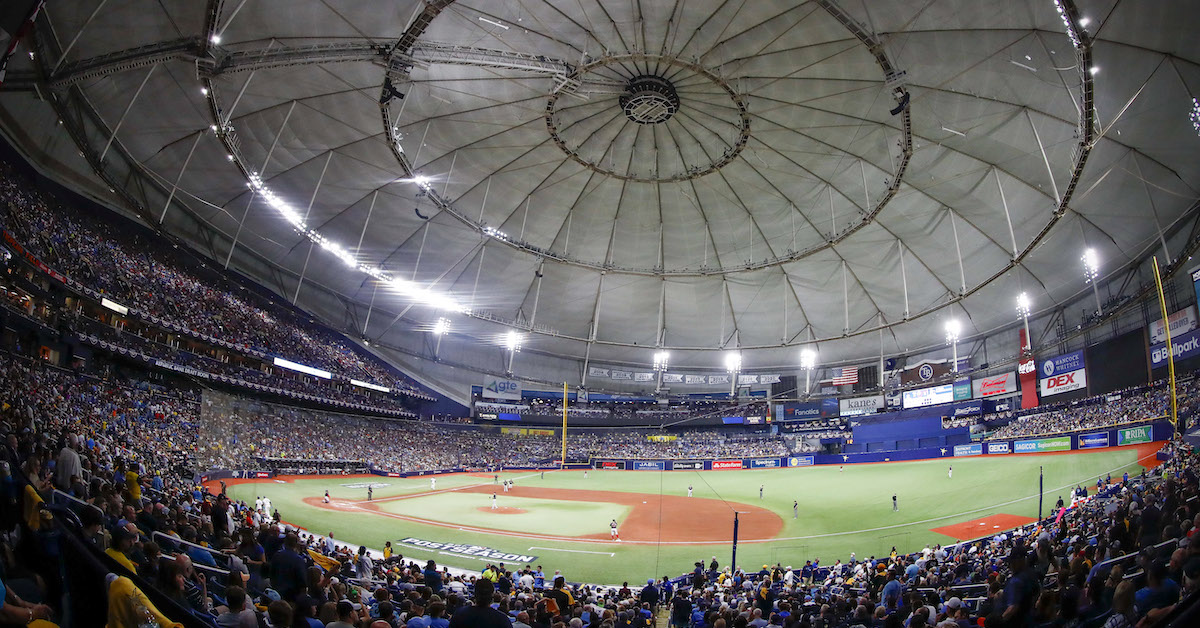Tampa Bay Rays Software Developer
Location: St. Petersburg · FL · Open to Remote
The Tampa Bay Rays are looking for an experienced Ruby on Rails Developer to help the Baseball Systems department build the best software and analytics solutions in all of Major League Baseball.
What is Baseball Systems?
- As part of Baseball Operations, our team builds the innovative tools that our players, coaches, analysts, scouts and front office personnel use to do their jobs, make decisions, and win ballgames.
- Our team consists of several data engineers, backend developers and frontend developers and coordinators.
- Every line of code we write — and feature we ship — has a direct impact on the field, helping us compete for the postseason year after year.
- Working within the most innovative and collaborative front office in MLB, your ideas will be welcomed and heard.
We are looking for someone who:
- is an experienced Ruby on Rails developer.
- is proficient creating front-end views using HTML, CSS and Javascript. Don’t worry, we have designers who make things look great!
- has experience with relational databases.
- is familiar with Git version control software.
It’s not required, but would be awesome if you:
- have experience with one of the popular front-end Javascript frameworks. We use Vue.
- are proficient in a language other than Ruby. We use several different languages depending on the task.
- are familiar with NoSql databases like Redis or Elasticsearch.
- have an understanding of baseball.
- have an interest in sabermetrics and statistical modeling.
What will you do each day?
- Build new features or maintain existing features in our proprietary software application.
- Identify and correct bugs quickly.
- Document code and support procedures thoroughly.
- Meet with Baseball Operations staff that have requested a new feature to gather requirements and help with feature planning.
- Train non-technical users on new features or applications.
- You might take half a day off from time to time to watch a baseball game.
- Help our data engineering team ingest data from new data sources.
Why work for the Rays?
- A top notch development environment with a company provided laptop, Github Enterprise, frictionless CI/CD, bug tracking, top project management and documentation software, and automated testing to minimize bugs to keep you focused on new features.
- Opportunities to choose and work with new technology. We strongly believe in choosing the right tool for the job even if it isn’t part of our current stack.
- Exceptional benefits including:
- health, vision and dental coverage at VERY competitive rates.
- an enhanced 401k where the company contributes even if you don’t!
- free tickets to baseball and soccer games (We also own the Tampa Bay Rowdies) for you, your friends and family.
- flexible PTO options and monthly paid volunteer opportunities.
- generous family planning assistance and parental leave.
- annual continuing education assistance.
- healthy and free lunch right in the office.
- in-office yoga and many other other wellness benefits.
- You’ll be working with some of the sharpest minds in all of baseball.
- You are a good teammate and like working with other driven and caring teammates.
- Your office is in a baseball stadium! Or your office can be remote, your choice!
- We are an organization that prides itself on coaching others so please apply even if you don’t meet every one of the requirements above.
Our Interview Process
- A ~30 minute phone call to get to know each other and discuss the position in more detail.
- In some cases, we have a second ~30 minute phone call with one of our recruiting staff.
- A small take-home coding project. We don’t do coding tests or coding on a whiteboard.
- Two or three small panel interviews. In addition to covering technical skills, you will also meet other members of Baseball Operations you’d be collaborating with.
- Make a decision!
All offers contingent on a satisfactory background check.
Statement: All applicants for employment are required to be fully vaccinated against COVID-19 prior to commencing employment. Applicants who receive a conditional offer of employment will be required to produce proof of vaccination status prior to their first day of employment. Applicants with qualifying disabilities or bona fide religious objections, or who are pregnant, may be exempted from this requirement or otherwise accommodated if they are unable to be vaccinated.
Acknowledgement by applyingI understand that if offered a role and by accepting a role with the Tampa Bay Rays or Rowdies, I will be participating in COVID-19 community risk mitigation practices.
We are an equal opportunity employer and all qualified applicants will receive consideration for employment without regard to race, color, religion, national origin, sex, sexual orientation, age, disability, gender identity, marital or veteran status, or any other protected class.
Job Questions:
- In addition to your resume and cover letter, please describe your level of Ruby on Rails experience in 100 words or less.
- Where did you originally hear about this posting?
To Apply:
To apply, please follow this link.
The content in this posting was created and provided solely by the Tampa Bay Rays.








